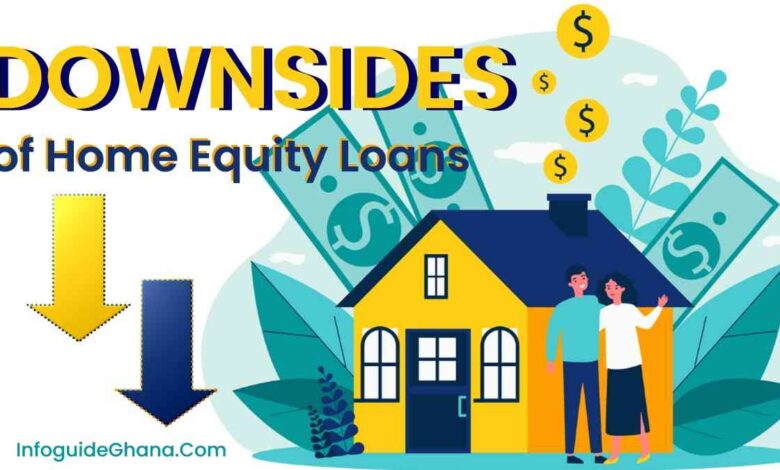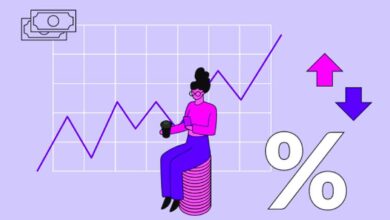
Do you want to take a home equity loan? This is your opportunity to review the down sides of home equity loans. A home equity loan is money that can be borrowed from homeowners using the equity in their home. With this type of loan, a homeowner can borrow up to $100,000 against the value of their home.
The interest on a home equity loan is tax-deductible. There are two types of home equity loans. The first is a fixed-rate loan and the other is a line of credit home equity loan. A fixed-rate home equity loan works like other standard loans.
The lender provides money to the borrower and the borrower agrees to pay the loan back with interest over a set period. The payments and the interest rate will remain the same for the entire length of the loan. If the home is ever sold, the loan must be paid in full. The term of this loan is usually between five and fifteen years.
READ ALSO: Everything You Need to Know About Northern Rock Loans.
Down Sides of Home Equity Loans
A line of credit home equity loan works much like a credit card. A credit card is often even given to the borrower with this type of loan. The borrower is once again provided a certain amount of money and they can draw from this balance using the credit card or cheques that the lender provides them.
The interest on this type of loan is variable. The monthly payments will differ depending on how much money was borrowed during that month and what the current interest rate is.
Like the fixed rate home equity loan, the loan must be paid in full if the home is ever sold and these loans usually range in terms between five and fifteen years.
Home equity loans can be very beneficial to the homeowner who has expenses that need to be paid. They can be used to pay off an existing loan, for college tuition, or to make home improvements.
There are, however, some pitfalls that must be considered and watched for when deciding on whether a home equity loan is the right choice.
SEE ALSO: How to Save Money on Gas Now in San Diego.
If the home equity loan is not used properly, it can become a very dangerous situation. When individuals use a home equity loan to pay off existing debts and then use the newly available credit, this is called reloading.
It is a vicious cycle of spending and borrowing. Reloading often leads the homeowner to take out a home equity loan that is more than the value of their house.
Low interest rates do not apply to these loans as they are a high risk for the lender and there is no collateral if the loan is not paid off. Any interest applied to the amount of the loan that is worth more than the home is also not tax deductible.
A home equity loan doesn’t make good financial sense when the value of the loan is worth more than the home as the borrower is just putting themselves further into debt instead of working to get out of debt.
READ MORE: How Interest Rates Work in Finance Today.
Homeowners may also take out home equity loans to make home improvements but these renovations need to be carefully considered. If the improvements don’t add to the value of the home, going into debt to make them also does not make good sense.
For instance, a pool may often reduce the market value of the home as not all buyers will want a pool. Renovating a kitchen or bathroom, however, is usually a good place to add value to a home.
When considering a home equity loan, homeowners need to do a full evaluation of their financial situation to determine if it is the right option for them.
Infoguide Ghana ~ The Down Sides of Home Equity Loans






